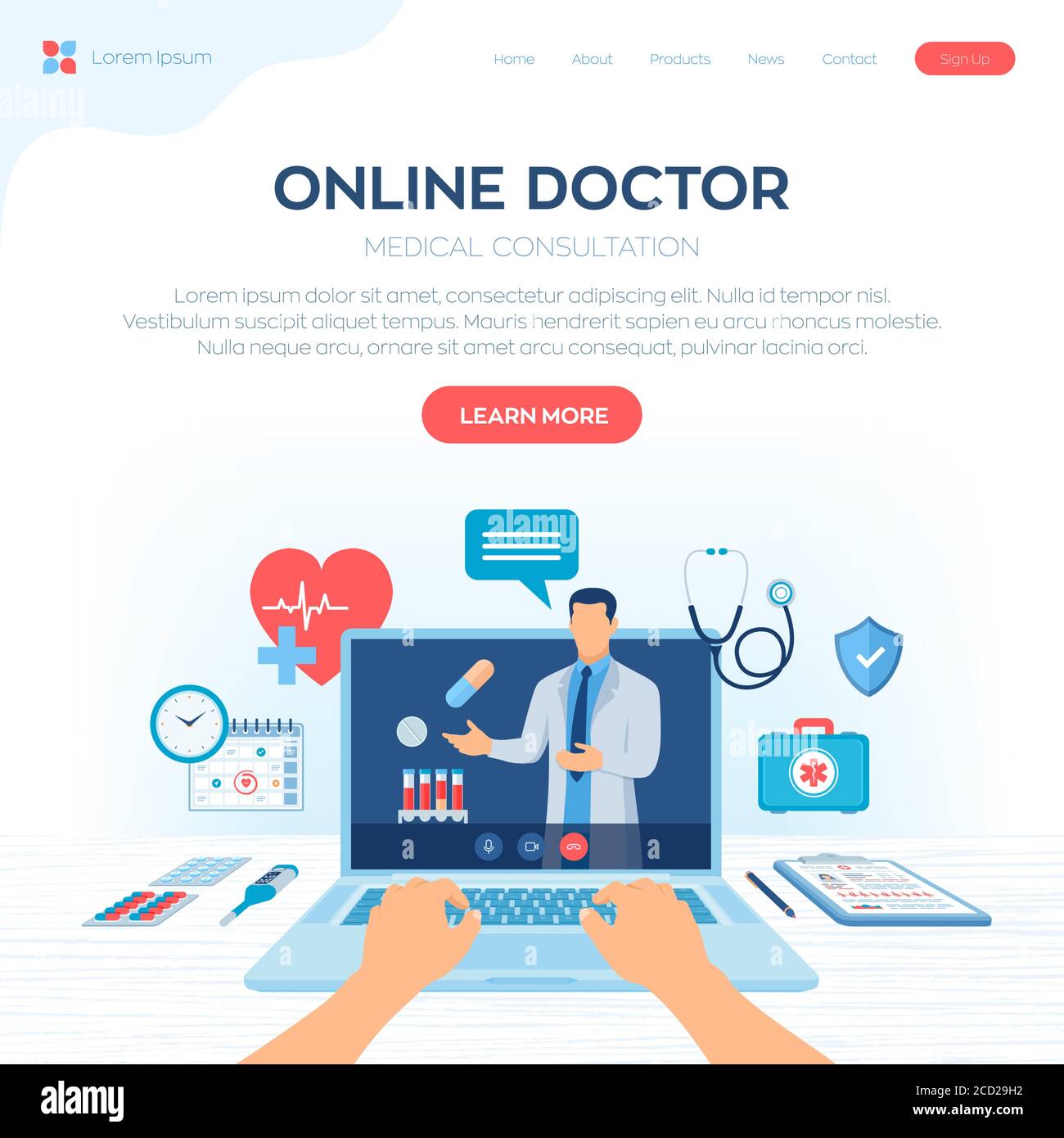The Effect of Subscription Based Healthcare on Conventional Medical Practices
The Effect of Subscription Based Healthcare on Conventional Medical Practices
Blog Article
Understanding the Cost-Effectiveness of Subscription-Based Health Care Versions
As the health care landscape advances, subscription-based models emerge as an engaging option, assuring to redefine exactly how people take care of medical expenditures. Reviewing these models' cost-effectiveness requires a nuanced comparison with typical insurance policy, considering both financial effects and person fulfillment. While they provide openness and predictability in prices, concerns stay regarding their capacity to meet diverse healthcare requirements, especially for specialized therapies. The perspectives of doctor further complicate this equation, presenting a multifaceted obstacle. What does the future hold for these models, and can they genuinely deliver on their promise of easily accessible, budget friendly treatment?
Summary of Subscription-Based Models
Subscription-based medical care designs, sometimes described as straight medical care or attendant medication, are increasingly acquiring focus as a prospective service to inadequacies within traditional health care systems. These designs operate the principle of offering people straight accessibility to medical care carriers through a month-to-month or yearly fee, bypassing the need for typical insurance coverage mechanisms. This setup intends to streamline patient-provider interactions by minimizing management burdens, which usually prevent personalized and prompt treatment.
At the core of subscription-based versions is the focus on a much more tailored patient experience. Patients take advantage of enhanced access to their physicians, usually consisting of same-day or next-day visits, extended assessment times, and direct interaction channels such as phone or video clip telephone calls. This design fosters a positive method to health care, where clients and suppliers can collaboratively concentrate on preventative treatment and chronic illness administration.

Price Contrast With Standard Insurance Coverage

One of the key monetary advantages of subscription versions is transparency in costs. Patients pay a predictable cost, which can simplify budgeting and financial planning. Additionally, these designs commonly remove co-pays and deductibles for protected solutions, reducing out-of-pocket spending. Conversely, conventional insurance might be much more advantageous for people needing specialized treatment or costly therapies not covered under a registration model, as they gain from the wider coverage network and cost-sharing devices.
However, cost-effectiveness is context-dependent. While registration versions might offer cost savings for those largely needing health care, individuals with persistent conditions or specialized health care needs might discover typical insurance coverage extra thorough. Reviewing certain medical care needs and possible usage is critical in identifying the most cost-efficient go right here choice for individuals.
Effect On Individual Satisfaction
Patient complete satisfaction within subscription-based healthcare designs commonly reflects a substantial improvement over conventional insurance policy systems. Unlike standard systems, where patients might experience hold-ups in getting treatment, subscription-based designs guarantee even more direct and prompt communications with medical care service providers.
Additionally, the openness in costs connected with subscription-based medical care alleviates the typical irritations connected to unanticipated costs and complicated invoicing procedures seen in conventional insurance coverage (subscription based healthcare). Clients appreciate knowing the specific monetary commitment upfront, causing enhanced count on and confidence in their healthcare management
Furthermore, the focus on preventative care and wellness in subscription designs contributes to enhanced wellness outcomes, better enhancing individual complete satisfaction. By concentrating on continuous wellness upkeep rather than episodic care, clients experience an even more all natural and constant healthcare trip.
Additionally, the enhanced provider-patient partnership promoted in these designs, identified by more time invested per individual and customized focus, plays a vital role in elevating patient complete satisfaction degrees, as patients really feel really cared for and recognized.
Provider Point Of Views and Experiences
From the company's perspective, subscription-based medical care versions offer a transformative method to supplying clinical services. These designs emphasize a positive and preventative healthcare technique, permitting service providers to concentrate on extensive person care without read more the restrictions of typical fee-for-service plans (subscription based healthcare). This shift in focus typically causes enhanced patient outcomes and raised copyright complete satisfaction, as healthcare professionals can allot even more time and resources to person engagement and customized treatment plans
Additionally, membership designs facilitate predictable revenue streams, which improve monetary stability for doctor. This predictability enables improved source planning and appropriation, adding to a much more effective medical care shipment system. Companies can purchase personnel innovation, framework, and training renovations, therefore improving the high quality of care provided.
Nonetheless, the shift to subscription-based models is not without difficulties. Suppliers should adjust to brand-new functional frameworks, which can involve substantial adjustments in billing techniques and individual monitoring systems. In addition, there is an intrinsic requirement for durable information administration to track patient results and guarantee high quality treatment. Despite these hurdles, many suppliers discover that the benefits of enhanced individual communication and structured operations exceed the first difficulties, making subscription-based versions an appealing option.
Future Potential Customers and Difficulties

A main obstacle is regulative conformity, as subscription designs need to stick to evolving healthcare policies and insurance requirements. This necessitates continuous adjustment and innovation to ensure alignment with lawful standards. Furthermore, incorporating these versions right into existing healthcare infrastructures can be complex, requiring substantial investments in technology and training.
There is additionally the possible danger of creating injustices in health care gain access to, as subscription models could prefer those that can manage them, leaving at risk populaces underserved. Resolving this needs thoughtful factor to consider of prices approaches and subsidy mechanisms to make certain inclusivity.
Final Thought
Subscription-based medical care versions present a feasible alternative to typical insurance by using financial predictability and transparency, especially benefiting people with persistent problems or regular health care needs. The cost-effectiveness of these versions is contingent upon specific medical care use patterns and scenarios.
Subscription-based medical care models, sometimes referred to as direct key care or attendant medicine, are significantly gaining attention as a prospective service to inefficiencies within conventional healthcare systems. Unlike standard systems, where people could experience delays in obtaining treatment, subscription-based designs ensure even more prompt and direct communications with health care suppliers.
These models highlight a proactive and preventative medical care method, enabling suppliers to concentrate on thorough person care without the restraints of read this post here standard fee-for-service setups. As these models proceed to obtain traction, they provide the possible to revolutionize client access to care, enhance solution shipment, and optimize medical care costs.Subscription-based healthcare versions provide a practical option to traditional insurance coverage by supplying financial predictability and openness, specifically profiting people with persistent conditions or regular medical care needs.
Report this page